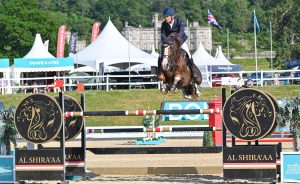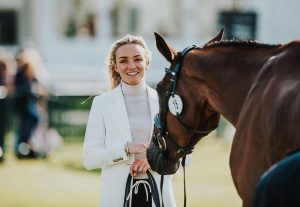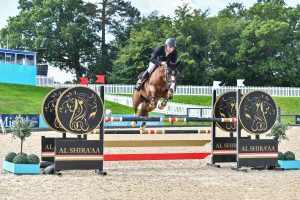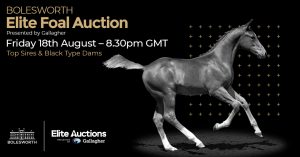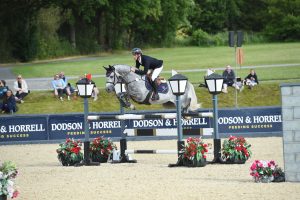A Circle is probably the hardest thing you’ll ever master? Well possibly! LOL
When you are trying out a horse which you are interested in purchasing be sure to test out circles, concentrate on the feel of one circle and then change direction. Does the horse feel different on one rein to the other. If so when you return to straight line riding change your diagonal from one side to the other and back again. Does the horse change you onto his more comfortable diagonal? How different is the horse on either side and could this be lack of training or an indication of something else? Professional trainers will ensure that the horse works towards being supple and in balance on both reins and can help you correct asymmetric muscle strengths. So always take advice from someone who understands the causes of asymmetrical going in a horse before committing to buying as there could be underlying confirmation of injuries causing the noticeable difference in going.
What exactly is a circle?
An accurate description of a circle? A circle is a continuous curve where the horse maintains inside bend and energy throughout, with an even arc through the four quarters of the movement and a seamless exit into the next movement
What To Look For
When a horse is on a circle it should be bending into the direction of the circle. Circles help to get the inside hind leg to push through and activate the horse from their hindquarters whilst at the same time encouraging balance, suppleness and rhythm throughout their entire body. Whilst on a circle the horse should remain tracking up, with their head level and not tilting. The horse should have a slight bend to the inside, just enough so that the rider can see the corner of the inner eyelash, as a guide if you can see the whole eye and side of the horses face you have too much bend.
Broadly speaking – Asking For A Circle
To ask a horse to circle will require several aids in varying degrees.
The inside rein asks for a slight amount of bend, to enable the horse to be looking into the direction it is moving in.
Concurrently the outside rein controls how much inside bend you have and it also controls the speed. The outside hand
The riders inside leg should remain on the girth, from here it encourages the horse forwards as well as asking the horse to bend around it.
The riders outside leg moves back one to two inches to be behind the girth, it is the outside leg which helps to prevent the horse from falling out too wide.
The rider should turn through their upper body so that their shoulders follow the horses shoulders and their hips follow their horses hips. This allows the rider to be following through with the horse on the circle.
There are very subtle ancillary movements through the body which all happen together and each one will affect how well the others synchronise. But if you can tune in to what you are doing, where your weight is, the space you have created up through your body on the inside of the movement which will allow the horse to come up and under you as be bends into the circle movement and the stability of the outside of your body to hold the movement and can feel each part is connected to the other you will be halfway there!
Accurate Riding Of A Circle
To ride an accurate circle takes time and practice. Good judgment of the height and width of the circle you have ridden are essential for assessing accuracy. Start off by placing cones at key points around your circle, imagine your circle as a clock face and place your cones at 12, 3, 6 and 9 o’clock respectively, this will mark out the four main quarter points of your circle, which allows you to curve around them. It is useful to start your circle off at a school marker, this will not only help to prevent drifting off course, but will also give you an exact place to start and finish. Practice different sized circles using the measurements of the school to create exactly accurate circles.
When To Use Circles
Once different sizes of circle have been mastered then you can ride them to balance a horse, prepare a horse for a transition or for some lateral work, help to slow down a horse who is rushing and also ride half circles to change the rein. Half circle exercises include a half 10 or 15 meter circle that returns to the track to change the rein. Two half 10, 15, and 20 meter circle that form a S shape. You can also add circles into the loops of a serpentine, to either end of a five meter loop, and to figure of eights.
If you are having problems with circles at home ask your trainer to check your position and way of riding, quite often it is your own mis-balance that causes the horse to fall in (or out) on a circle. Your trainer can explain how you can ride circles better to help keep your horse in balance.

